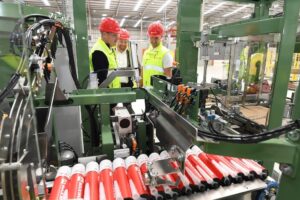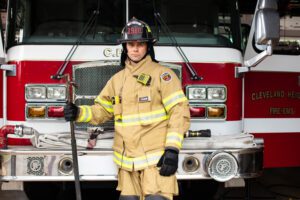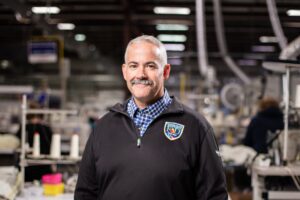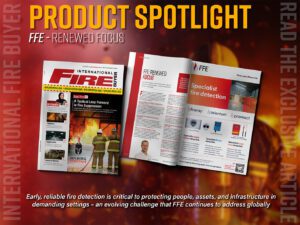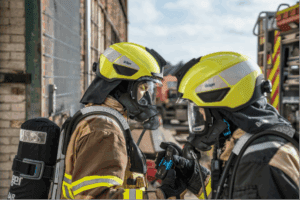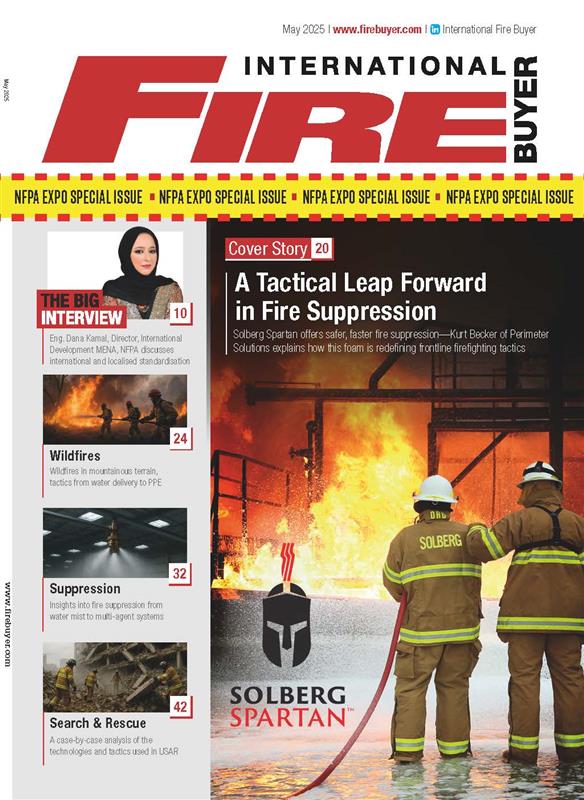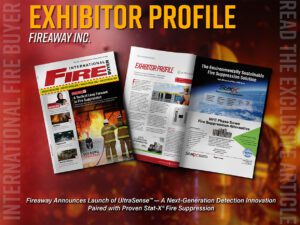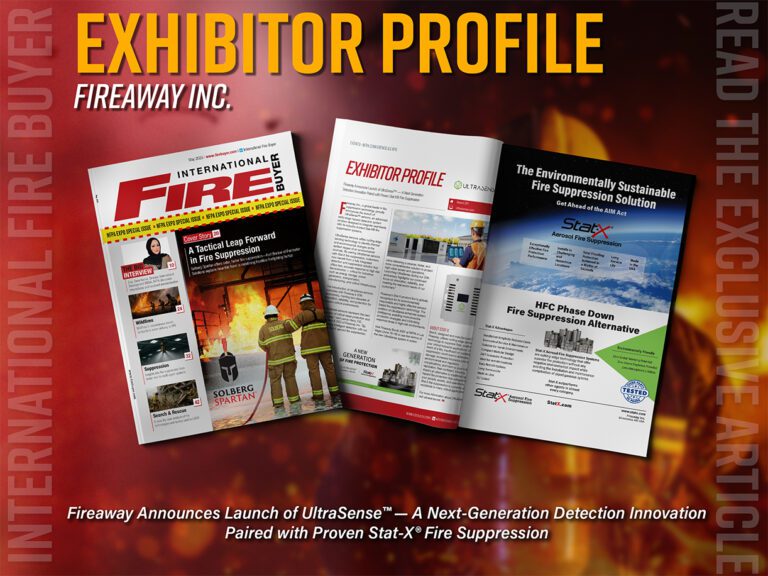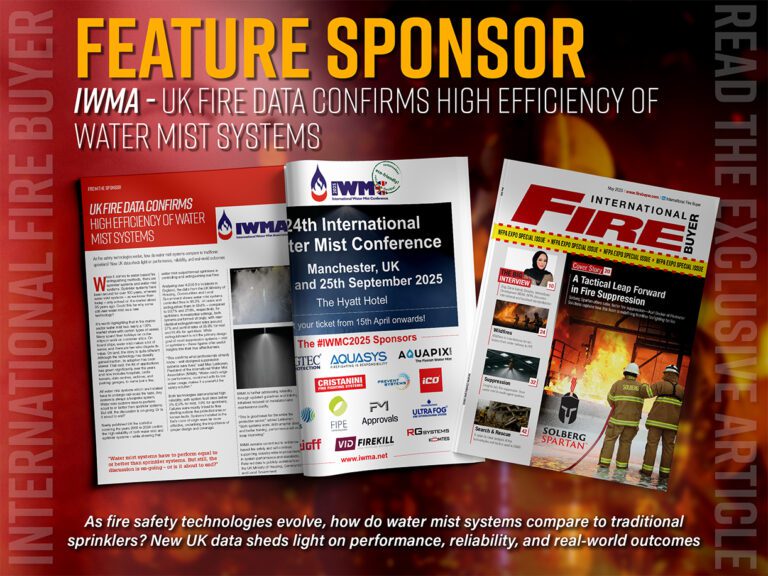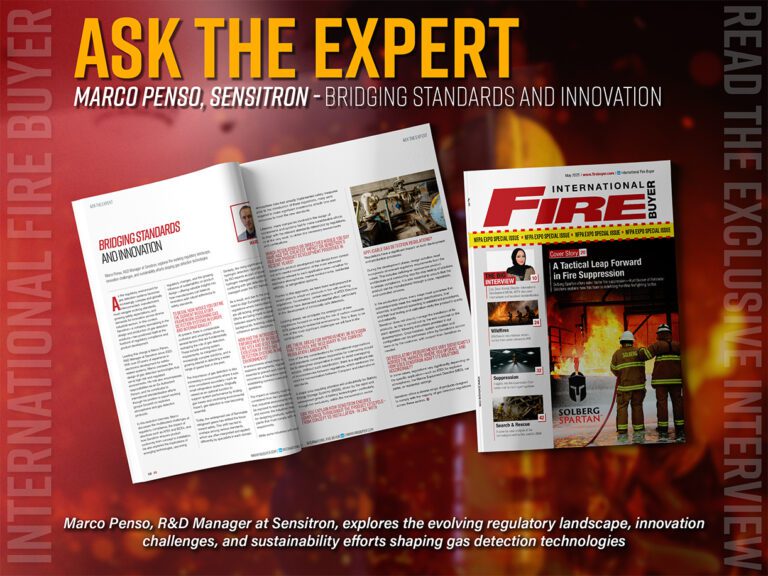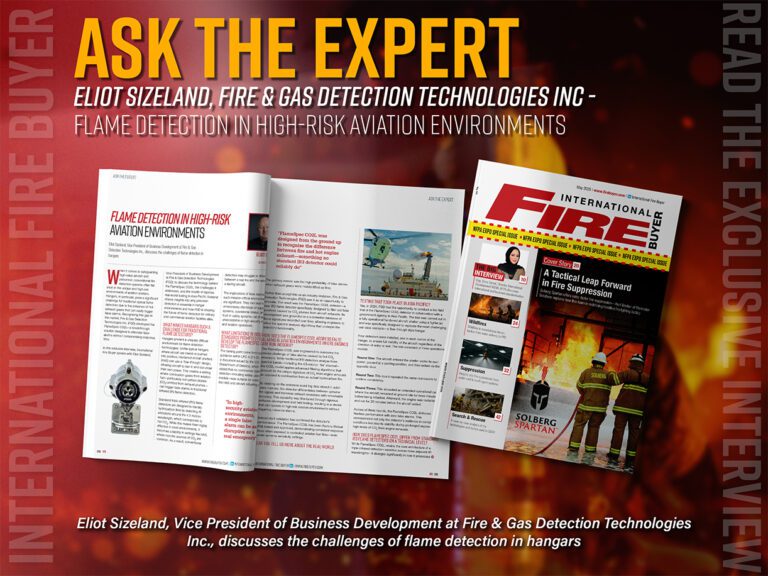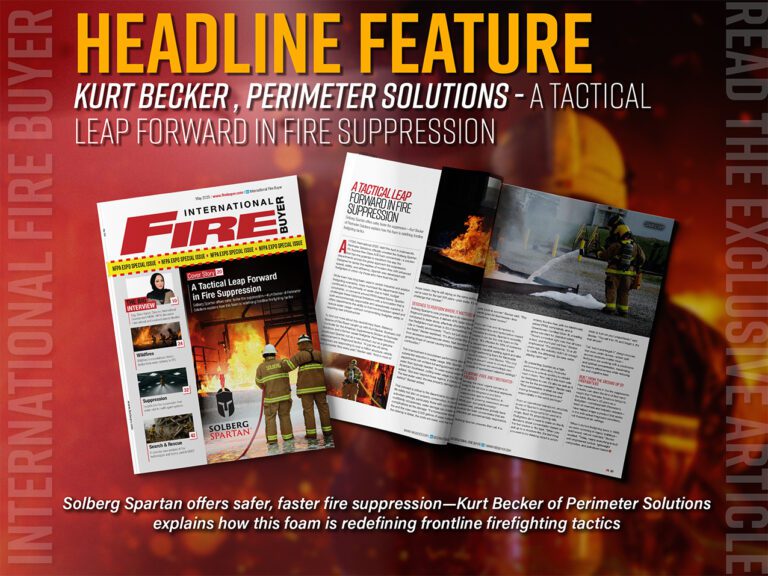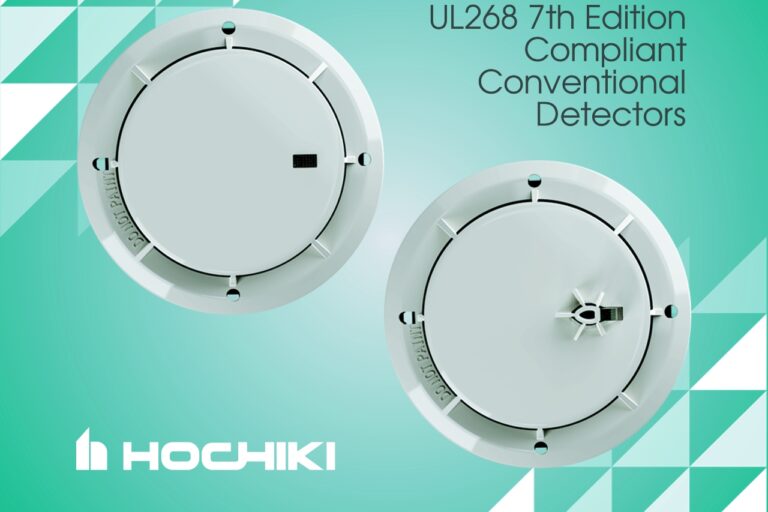PPE is an absolute necessity in ensuring the protection and safety of our emergency services, but how do they work? What kinds of PPE do firefighters have at their disposal, and how are they made?
With firefighting services in every corner of the globe, there comes with it a varied approach to ensuring fire safety; different cultures, environments and infrastructure all play their part in protecting their societies and ecosystems, which may differ from the techniques and equipment implemented in a different fire department in a different corner of the world. Of all these variables though there remains one constant: the need for Personal Protective Equipment. This encompasses a lot of protective gear that firefighters wear, from the helmets atop their heads to the boots on their feet.
The turn of the 20th Century brought with it polymer production and with it came the most innovative development of PPE that the trade has ever seen. The creation of synthetic fibres like Nomex and Kevlar offered a level of protection against fire and hazards the likes of which had never seen before with natural materials, such as cotton or wool, and while these still see fringe use today, it is synthetic clothing that spearheads the industry when it comes to protecting firefighters and rescue services alike.
PPE, or Personal Protection Equipment, is an all-encompassing umbrella term for a variety of worn equipment utilised by emergency services around the world. This equipment can vary greatly between different regions, where emergency situations warrant a different kind of protection: for example, different PPE would be used in an underwater rescue mission as opposed to, say, a forest fire. But each member of the PPE family is bound by one common purpose – the protection of the user. Some of these types of protection include:
Helmets and Headgear
For firefighters and rescue teams, head protection is absolutely paramount in perilous situations – after all, the most important piece of equipment these teams utilise is inside their heads. Helmets, like any other of its ilk in a specialised field, from soldiers to racing drivers, protect the top and sides of the head of impact trauma. For firefighters in particular, this ensures protection from falling debris and impact injuries. Most firefighting helmets also come equipped with a mounted headlamp to enable visibility in low-light areas, such as rooms saturated with smoke.
Firefighting equipment regulations also state that helmets must come equipped with a face shield or equivalent goggles for eye protection. Should neither of these be available, some supplementary sufficient eye protection must be worn in order to deem a worker fit for service. Eye protection ensures smoke, ashes and stray embers do not irritate or damage firefighter’s sight while operating in hazardous environments. They also protect the eyes from chemical irritants and carcinogens that may be in the air as a result of a fire.
Of all the pieces of equipment, SCBA, or Self-Contained Breathing Apparatus, is the most important piece of equipment for fire and rescue services. This is the single piece of PPE that they don first, if a choice has to be made. SCBA is composed of a breathing mask and accompanying oxygen tank to ensure toxic and choking fumes are not inhaled during rescue. They also serve as a lifeline in environments which contain little to no air, such as in the midst of a burning building. Not only is smoke inhalation an immediate risk to firefighters, but the long-term risks, such as cancer or breathing troubles are to be considered.
To read more exclusive features and latest news please see our June issue here.
Media contact
Rebecca Morpeth Spayne,
Editor, International Fire Buyer
Tel: +44 (0) 1622 823 922
Email: [email protected]

